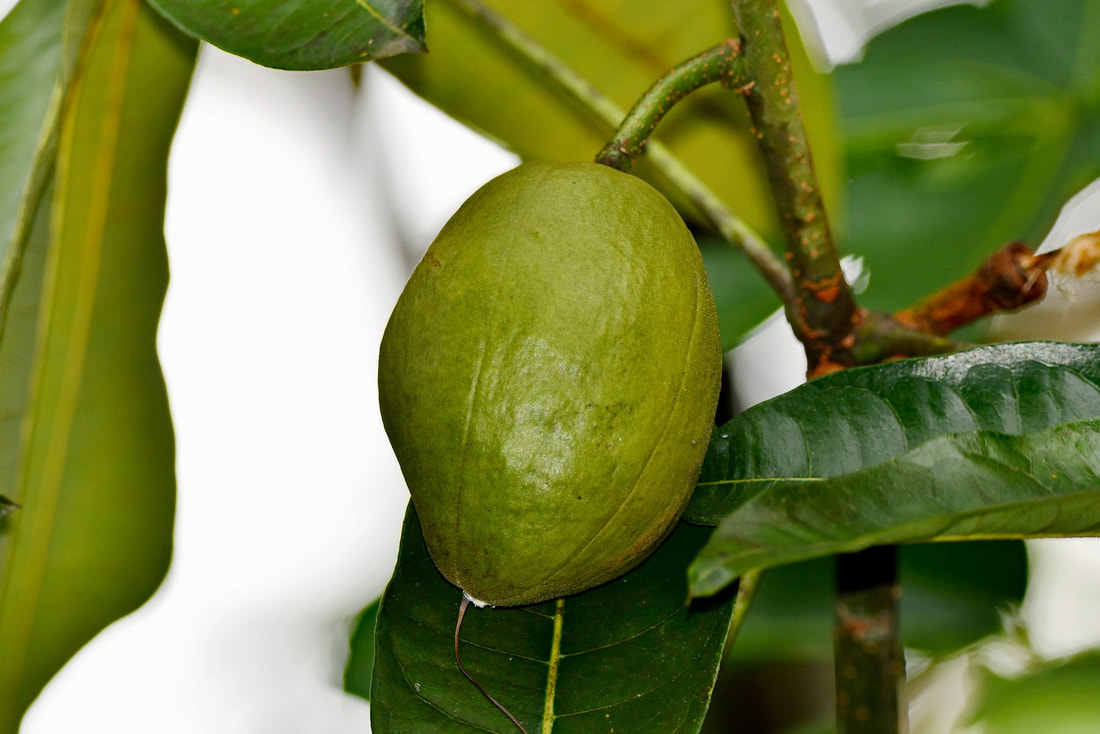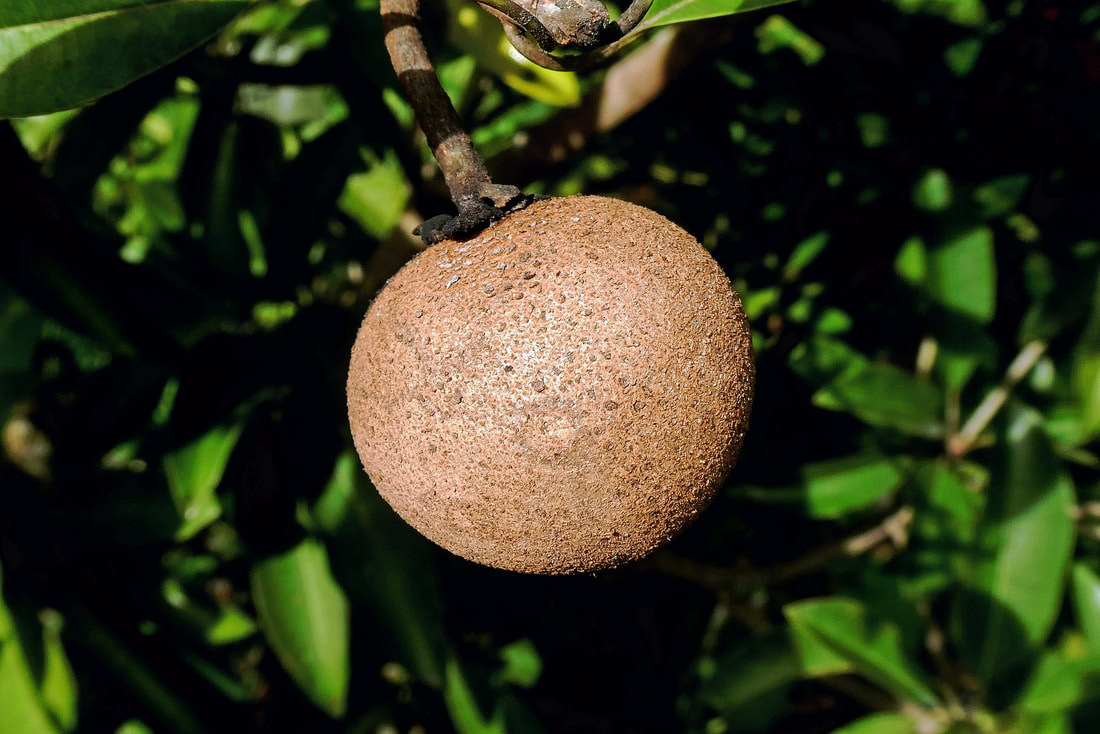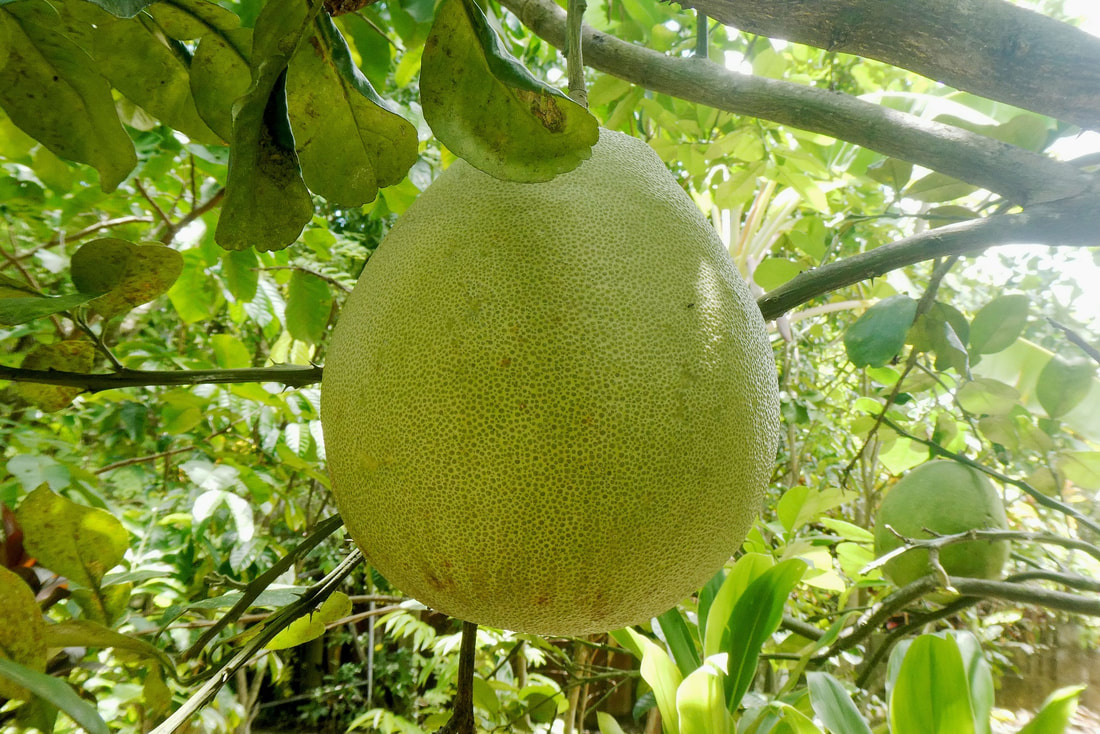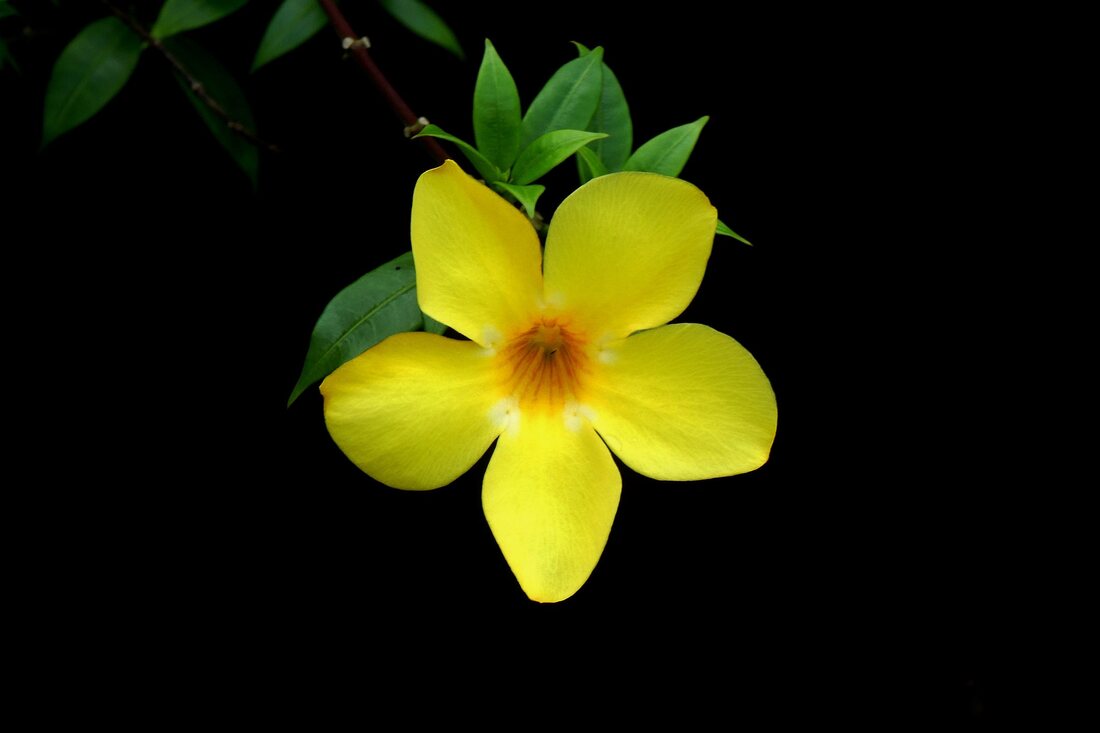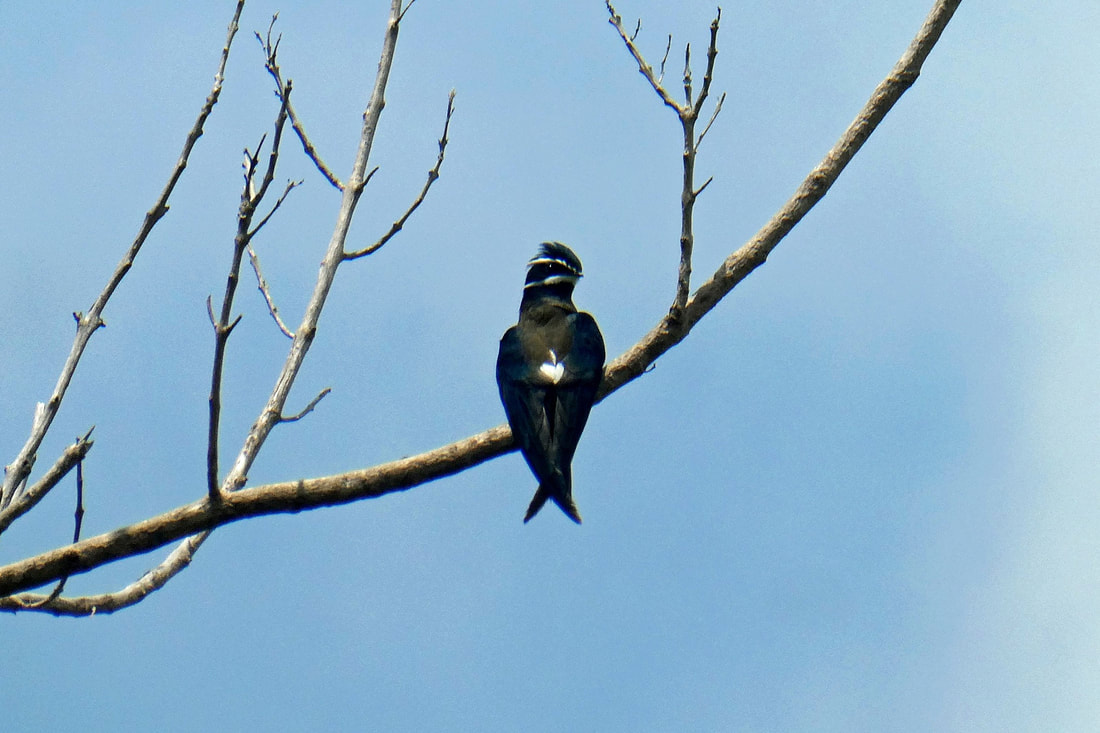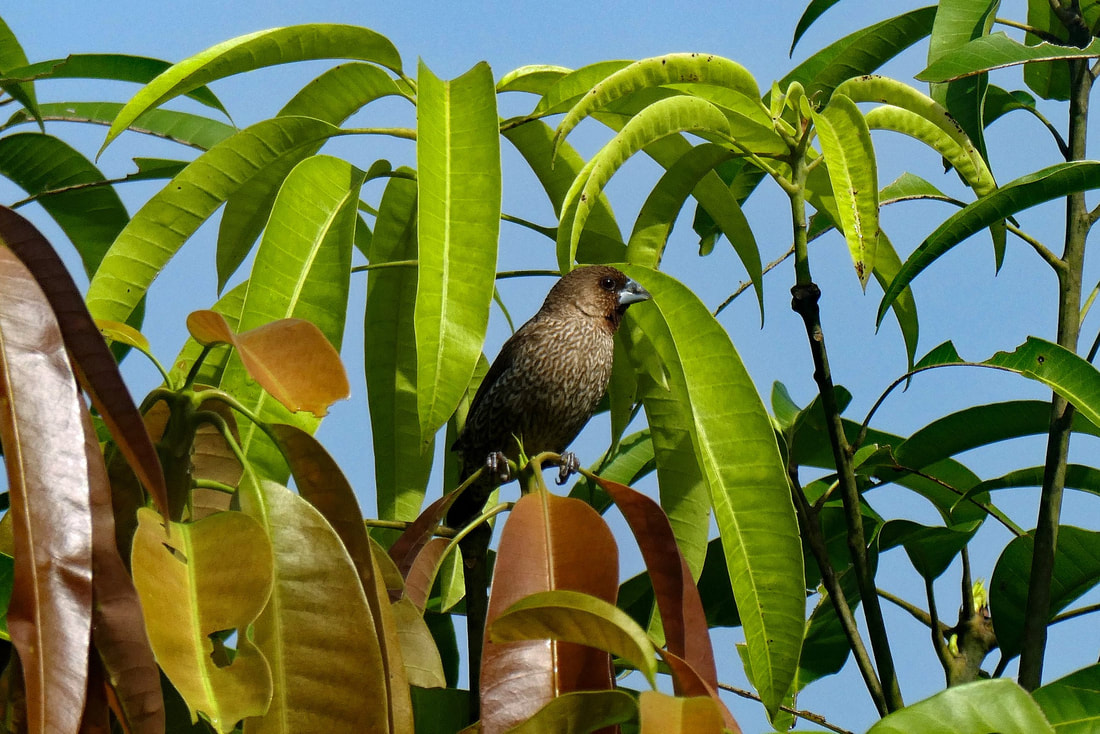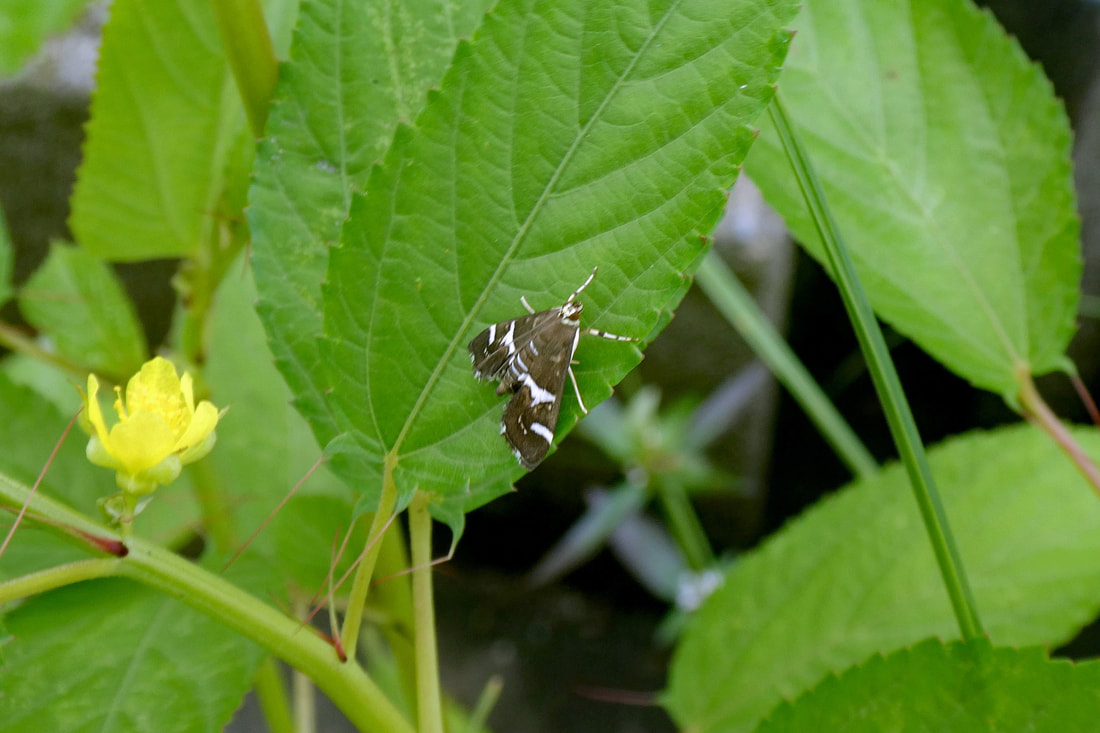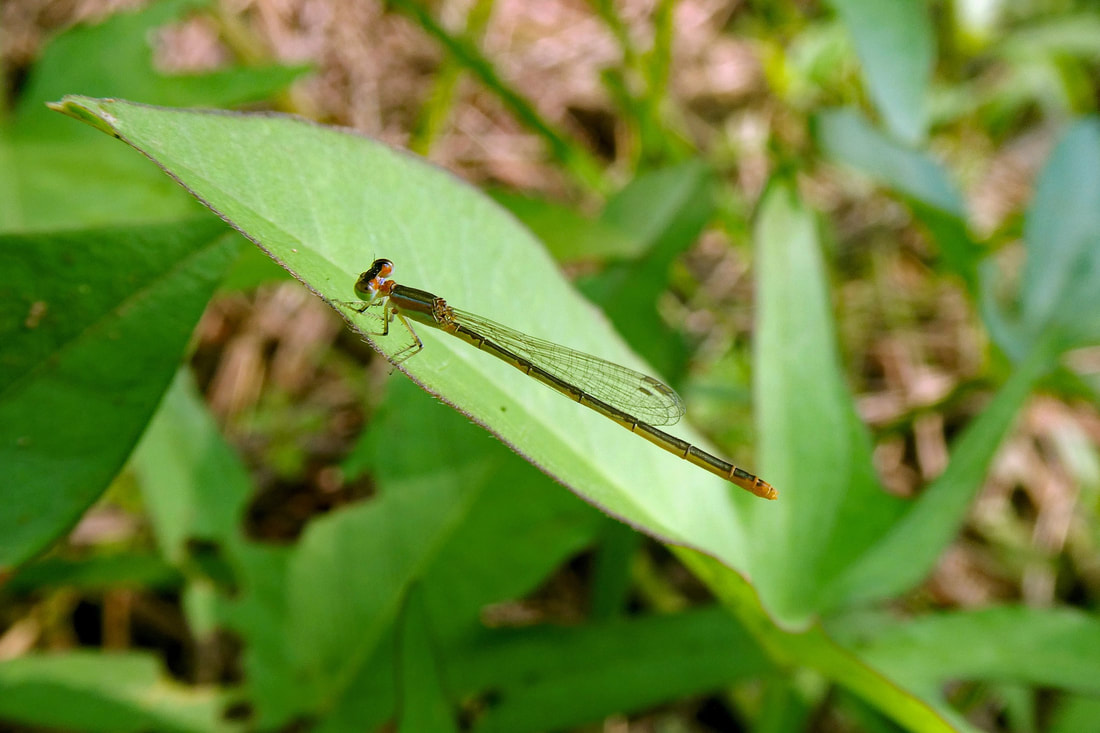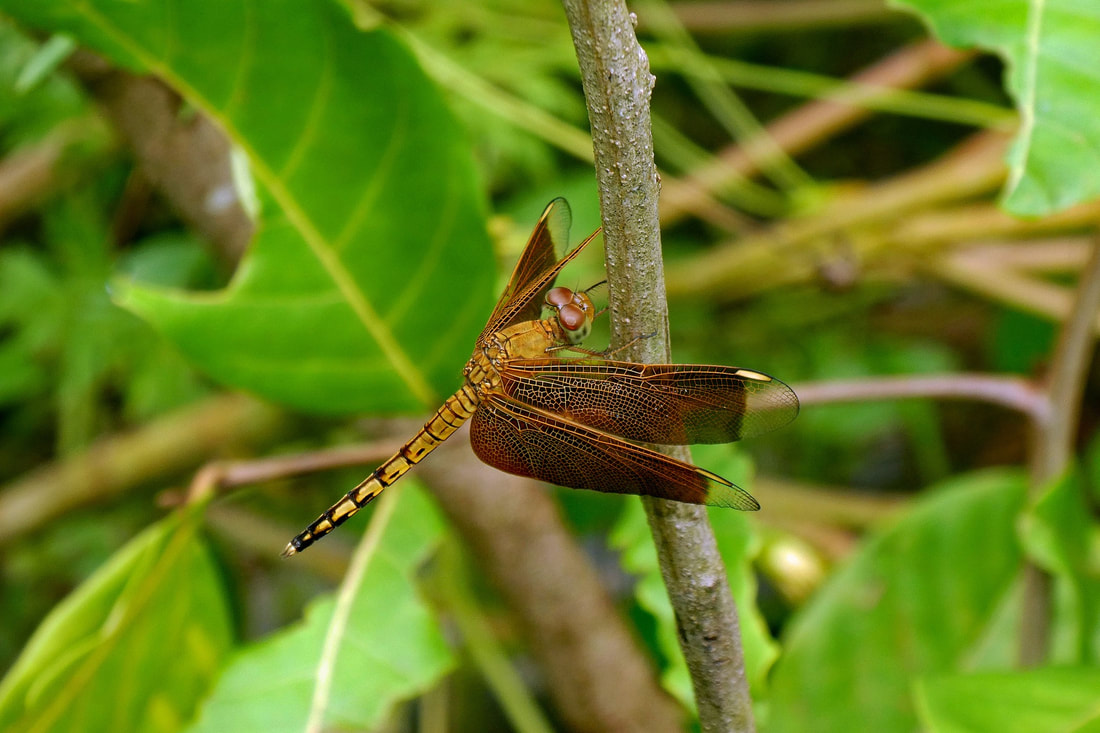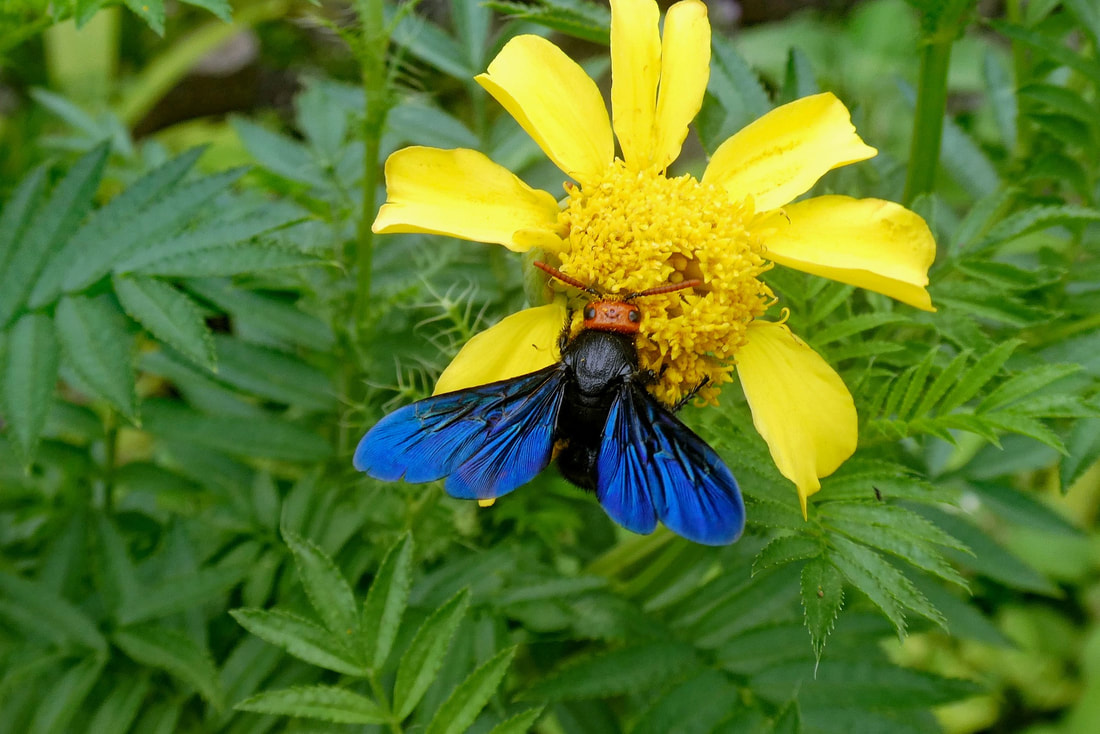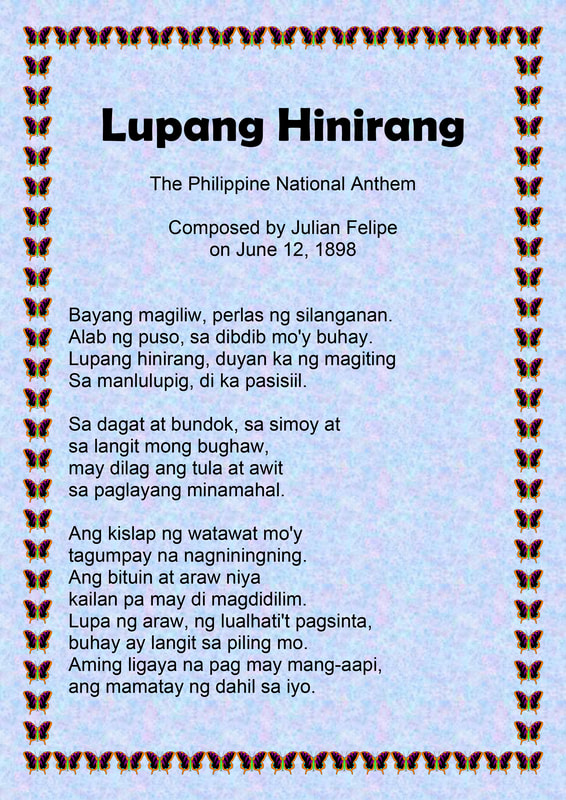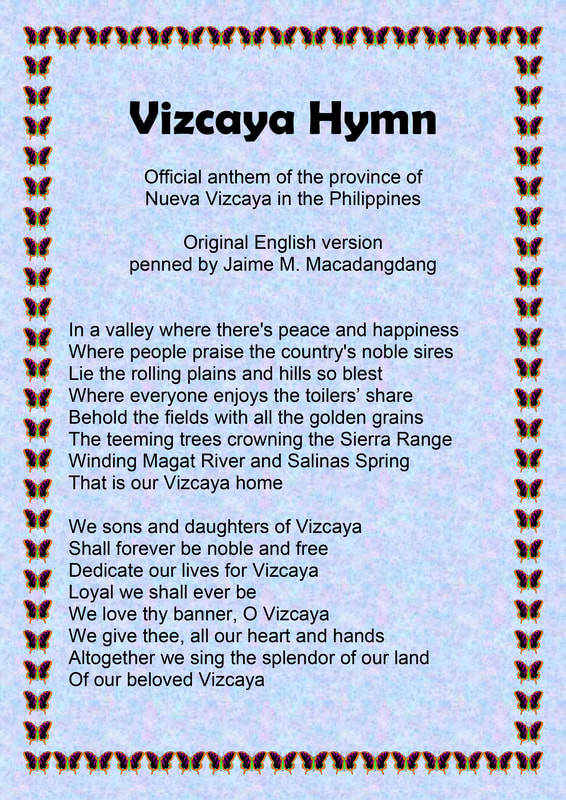Copyright © Rowena Castillo-Nicholls. All Rights Reserved.
Images may not be used without the written permission of the photographer.
Images may not be used without the written permission of the photographer.
Rowena's Purple Cottage: this property was given to us by my loving, generous and thoughtful parents, Leon and Angie. This beautiful piece of land is lush with greenery and colour of the rainbow from the different species of fruit trees, shrubs and flowers. At the far end corner, there's a pretty tiny cottage painted in purple, my favourite colour. Me and Rob feel so much at peace whenever we're here, surrounded by the beauty and wonder of God's creation. The tranquility is very relaxing. The fresh air is quite refreshing. It's a very idyllic place. We really love it here. We're so lucky and blessed to be gifted with this property.
Fruits and Vegetables at Rowena's Purple Cottage
“Kung may itinanim, may aanihin. (If you plant, you will harvest.)"
Kasoy or Cashew
Red and Green Macopa
Red and White Sweet Potato
Flowers at Rowena's Purple Cottage
Fungi at Rowena's Purple Cottage
Birds seen and photograph at Rowena's Purple Cottage
There are over 530 bird species found in the Philippines Hotspot; about 185 of these are endemic (35 percent) and over 60 are threatened.
Butterflies seen and photograph at Rowena's Purple Cottage
352 butterfly species are endemic to the Philippines. About 70 percent of the Philippines’ nearly 21,000 recorded insect species are found only in the country. In addition about one-third of the 915 butterflies found here are endemic to the country.
One of the largest butterflies in the world and the largest in the Philippines, is Magellan Birdwing Troides magellanus. This butterfly is named after the explorer Ferdinand Magellan who was killed in the Philippines in 1521.
Endemic to the Philippines, the species Appias phoebe is rare and found only in high elevations, according to the article published on German entomological journal NEVA.
One of the largest butterflies in the world and the largest in the Philippines, is Magellan Birdwing Troides magellanus. This butterfly is named after the explorer Ferdinand Magellan who was killed in the Philippines in 1521.
Endemic to the Philippines, the species Appias phoebe is rare and found only in high elevations, according to the article published on German entomological journal NEVA.
Moths seen and photograph at Rowena's Purple Cottage
Damselflies seen and photograph at Rowena's Purple Cottage
Dragonflies seen and photograph at Rowena's Purple Cottage
Bees and Wasps seen and photograph at Rowena's Purple Cottage
Amphibians seen and photograph at Rowena's Purple Cottage
Bats seen and photograph at Rowena's Purple Cottage
In the Philippines, there are 79 listed bat species , of which 38 are endemic and at least 12 are threatened, according to the country's red list. Of the total bat species in the Philippines, 26 are from the Pteropodidae family known as fruit bats or flying foxes; 17 of these are endemic to the country.
Caterpillars seen and photograph at Rowena's Purple Cottage
Crickets and Grasshoppers seen and photograph at Rowena's Purple Cottage
Reptiles seen and photograph at Rowena's Purple Cottage
Flora and Fauna of Rowena's Purple Cottage
|
Fruits and Vegetables:
Flowers:
Fungi:
Ants:
Amphibians:
Bats:
Crickets:
Grasshoppers:
Reptiles:
Spiders:
|
Birds:
Butterflies:
Moths:
Damselflies:
Dragonflies:
Bees:
Wasps:
|
The Philippines officially the Republic of the Philippines, is an archipelago country in Southeast Asia. It is situated in the western Pacific Ocean and consists of around 7,641 islands that are broadly categorized under three main geographical divisions from north to south: Luzon, Visayas, and Mindanao. The Philippines is bounded by the South China Sea to the west, the Philippine Sea to the east, and the Celebes Sea to the southwest. The Philippines covers an area of 300,000 km2 (120,000 sq mi) and, as of 2021, it had a population of around 109 million people, making it the world's thirteenth-most populous country. The Philippines has diverse ethnicities and cultures throughout its islands. Manila is the country's capital, while the largest city is Quezon City; both lie within the urban area of Metro Manila.
Nueva Vizcaya, officially the Province of Nueva Vizcaya (Ilocano: Probinsia ti Nueva Vizcaya; Gaddang: Probinsia na Nueva Vizcaya; Tagalog: Lalawigan ng Nueva Vizcaya), is a landlocked province in the Philippines located in the Cagayan Valley region in Luzon. Its capital is Bayombong. It is bordered by Benguet to the west, Ifugao to the north, Isabela to the northeast, Quirino to the east, Aurora to the southeast, Nueva Ecija to the south, and Pangasinan to the southwest. Quirino province was created from Nueva Vizcaya in 1966.
The name Nueva Vizcaya is derived from the name of the province of Biscay (called Vizcaya in Spanish, Bizkaia in Basque) during the Spanish colonial period. This can be seen in the right part of the seal, a representation of the heraldic of Vizcaya in Spain.
Surrounded by North Luzon's three large mountain ranges, Nueva Vizcaya is generally mountainous, varying from steep mountains to rolling hills, with some valleys and plains. It is bordered on the west by the Cordillera mountains, on the east by the Sierra Madre mountains, and on the south by the Caraballo Mountains. The province (and the entire Cagayan Valley) are separated from the Central Luzon plains by the Caraballo Mountains.
Nueva Vizcaya, officially the Province of Nueva Vizcaya (Ilocano: Probinsia ti Nueva Vizcaya; Gaddang: Probinsia na Nueva Vizcaya; Tagalog: Lalawigan ng Nueva Vizcaya), is a landlocked province in the Philippines located in the Cagayan Valley region in Luzon. Its capital is Bayombong. It is bordered by Benguet to the west, Ifugao to the north, Isabela to the northeast, Quirino to the east, Aurora to the southeast, Nueva Ecija to the south, and Pangasinan to the southwest. Quirino province was created from Nueva Vizcaya in 1966.
The name Nueva Vizcaya is derived from the name of the province of Biscay (called Vizcaya in Spanish, Bizkaia in Basque) during the Spanish colonial period. This can be seen in the right part of the seal, a representation of the heraldic of Vizcaya in Spain.
Surrounded by North Luzon's three large mountain ranges, Nueva Vizcaya is generally mountainous, varying from steep mountains to rolling hills, with some valleys and plains. It is bordered on the west by the Cordillera mountains, on the east by the Sierra Madre mountains, and on the south by the Caraballo Mountains. The province (and the entire Cagayan Valley) are separated from the Central Luzon plains by the Caraballo Mountains.











